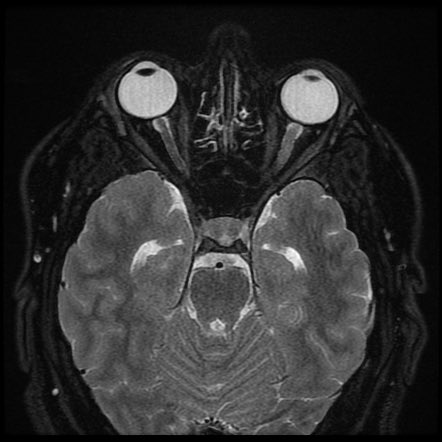When you order a serum alcohol level, what does the lab measure? An answer and a quick #Medtweetorial on false elevations in #ETOH
If you guessed NADH, you would be correct.
Most lab assays for serum alcohol utilize a reagent containing alcohol dehydrogenase & NAD+
This is used to convert all present ethanol to acetaldehyde
Thereby reducing present NAD+ to NADH.
This is used to convert all present ethanol to acetaldehyde
Thereby reducing present NAD+ to NADH.
NADH is then measured via spectrophotometry
It is theoretically proportional to the amount of serum ethanol that was present in the sample.
Which of the following conditions can cause a false elevation in alcohol despite not drinking any?
It is theoretically proportional to the amount of serum ethanol that was present in the sample.
Which of the following conditions can cause a false elevation in alcohol despite not drinking any?
If you guessed lactic acidosis, you are CORRECT
In states of lactic acidosis, lactate & LDH present in a patient's sample can interfere by metabolizing lactate to pyruvate and reducing NAD+ to NADH, thereby causing a false elevation in the measurement.
In states of lactic acidosis, lactate & LDH present in a patient's sample can interfere by metabolizing lactate to pyruvate and reducing NAD+ to NADH, thereby causing a false elevation in the measurement.
Most of the research suggests the interference is minimal or requires significant lactic acidosis like after someone who presents in status.
With that being said, which of the following overdoses can plausibly cause a false rise in serum alcohol?
With that being said, which of the following overdoses can plausibly cause a false rise in serum alcohol?
If you guessed acetaminophen then you would be correct!!
Experimental evidence from studies in whole animals, perfused liver slices & cell cultures has shown that the toxic metabolite of paracetamol, N-acetyl-p-benzo-quinone imine...cont
Experimental evidence from studies in whole animals, perfused liver slices & cell cultures has shown that the toxic metabolite of paracetamol, N-acetyl-p-benzo-quinone imine...cont
cont... inhibits electron transfer in the mitochondrial respiratory chain and thus inhibits aerobic respiration.
This occurs only at very high concentrations of paracetamol & precedes cellular injury by several hours."
This occurs only at very high concentrations of paracetamol & precedes cellular injury by several hours."
This interruption of aerobic respiration causes an increase in anaerobic respiration which of course can lead to lactic acidosis.
Maybe it is a stretch but we used our knowledge base and foundation to link some plausible cases.
Maybe it is a stretch but we used our knowledge base and foundation to link some plausible cases.
I learned this from a wonderful student in the ER this past month who had some lab experience.
It is awesome to learn from my learners! Thanks Jordan
References:
ncbi.nlm.nih.gov/pmc/articles/P… Understanding lactic acidosis in paracetamol (acetaminophen) poisoning
It is awesome to learn from my learners! Thanks Jordan
References:
ncbi.nlm.nih.gov/pmc/articles/P… Understanding lactic acidosis in paracetamol (acetaminophen) poisoning
beckmancoulter.com/wsrportal/tech… Package insert, serum alcohol
westgard.com/lesson12.htm Review of statistical measures used in laboratory quality control. Dr. Westgard is essentially the founding father of laboratory QC techniques
westgard.com/lesson12.htm Review of statistical measures used in laboratory quality control. Dr. Westgard is essentially the founding father of laboratory QC techniques
• • •
Missing some Tweet in this thread? You can try to
force a refresh






